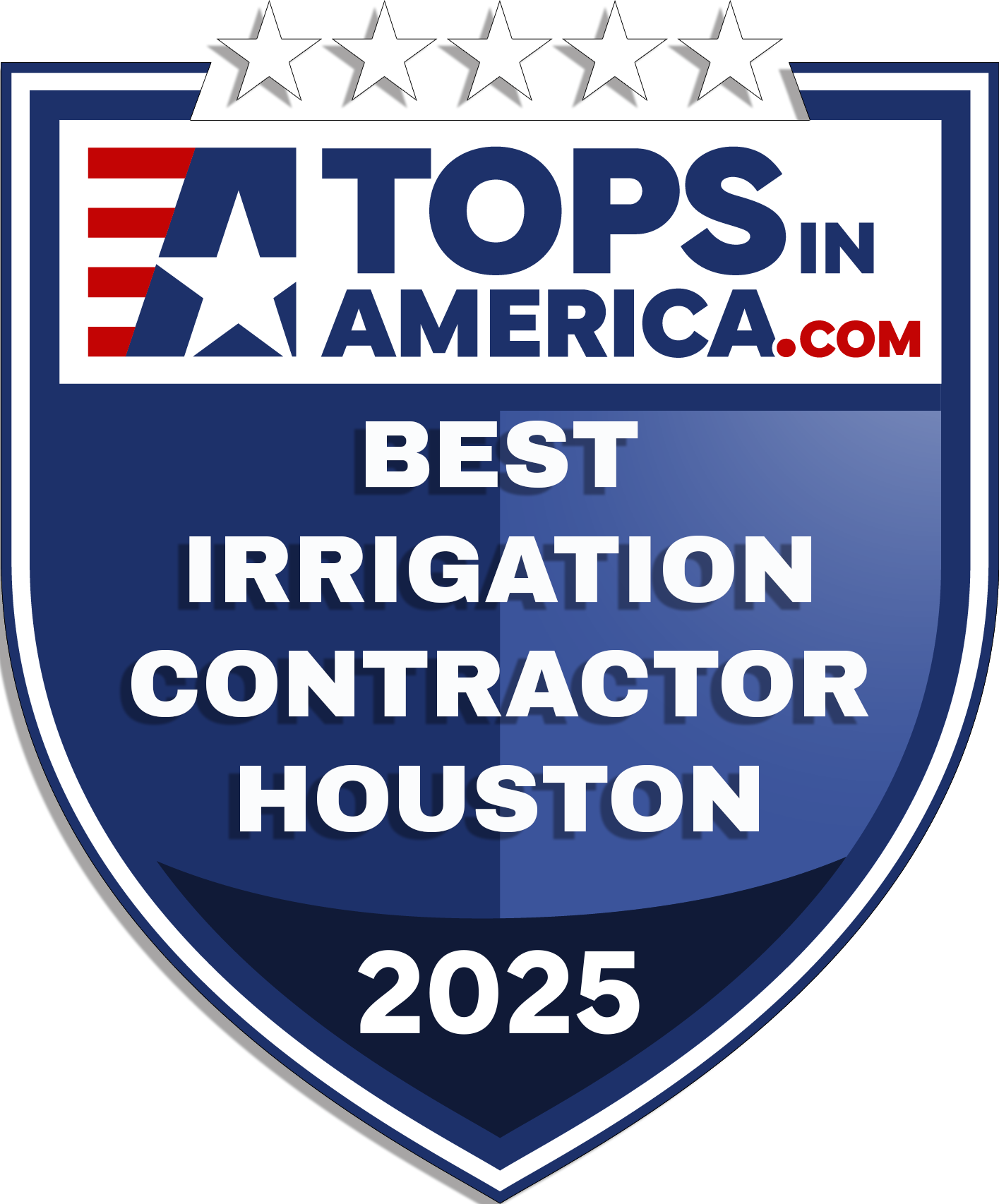How Do Sprinkler Valves Operate?
Understanding the Operation of Electric Valves in Sprinkler Systems
Sprinkler systems are a crucial component of gardening, landscaping, and agricultural practices, ensuring that the area under cultivation receives adequate water. One of the core technologies enabling the functionality of these irrigation systems is the electric valve. Electric valves play a significant role in controlling the flow of water through the system, ensuring that water is distributed as needed, without waste.
Types of Valves in Sprinkler Systems
While there are various types of valves used in sprinkler systems, electric valves are among the most common and efficient. These valves are operated electronically, receiving signals from an irrigation controller or timer that instructs them when to open or close. This level of automation allows for precise scheduling of watering times, thereby optimizing water use and contributing to water conservation efforts.
How Electric Valves Operate
Electric valves consist of several key components that facilitate their operation, including:
- Valve Body: This is the main structure that houses the components of the valve. It is connected to the water supply on one end and the sprinkler lines on the other.
- Diaphragm: The diaphragm is a flexible membrane within the valve that moves up and down to open or close the valve, controlling the flow of water. It separates the upper and lower chambers of the valve body.
- Solenoid: This is an electromagnetic part of the valve, which acts upon the diaphragm. When the solenoid is energized by an electrical signal from the irrigation controller, it creates a magnetic field that pulls on a plunger connected to the diaphragm, causing the diaphragm to lift and the valve to open.
- Flow Control: Some electric valves come equipped with a manual flow control feature, allowing for the adjustment of water flow through the valve independent of the solenoid operation.
When the irrigation controller sends an electrical signal to the valve’s solenoid, the valve opens, allowing water to flow from the source through the sprinkler lines and out of the sprinklers themselves. Once the scheduled watering duration completes, the controller stops sending the electrical signal, the solenoid deactivates, and a spring mechanism returns the diaphragm to its closed position, stopping the flow of water.
Benefits of Using Electric Valves
The use of electric valves in sprinkler systems offers several advantages:
- Automation: Allows for the scheduling of irrigation, making the watering process hands-free and consistent, even when not physically present.
- Efficiency: Reduces water waste by regulating the flow of water and only watering at optimal times, such as early morning or late evening.
- Flexibility: Different zones within a landscape can be programmed for specific watering needs, accommodating a variety of plant types and watering requirements.
- Reliability: Modern electric valves are designed to be durable and reliable for consistent operation over years of service.
Understanding how electric valves operate and their role in sprinkler systems is key to effectively managing irrigation practices. By leveraging the capabilities of these valves, individuals and organizations can ensure that their landscapes receive the right amount of water at the right times, promoting healthy plant growth while conserving water resources.
If you have any questions or need any type of sprinkler system repair, the experts at Mr Sprinkler Repair will be glad to help. Give us a call or 855-695-1000 to set an appointment.


